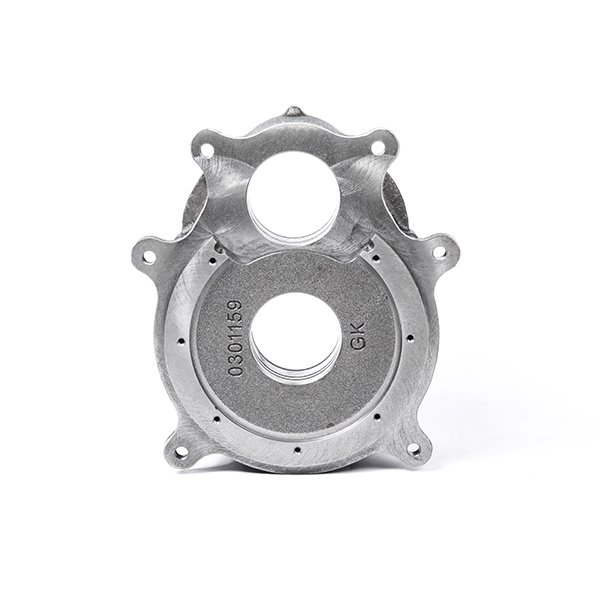Mobile:+86-311-808-126-83
Email:info@ydcastings.com
Exploring Gas Line End Caps for Safety and Efficiency in Plumbing Systems
The Importance and Applications of Gas Line End Caps
Gas line end caps, often overlooked, play a crucial role in the safety and efficiency of gas distribution systems. These components are essential in the prevention of gas leaks and ensuring that gas lines remain secure when not in use. Understanding their purpose and applications is vital for anyone involved in gas infrastructure, whether in residential, commercial, or industrial settings.
What are Gas Line End Caps?
Gas line end caps are fittings used to seal the ends of gas pipes. Made from various materials, including plastic and metal, they are designed to withstand high pressure and prevent gas from escaping. The primary function of these caps is to close off the ends of gas lines that are not currently in use, thereby preventing contamination and leaks. They serve as a temporary or permanent solution to ensure that the gas system operates safely.
Safety First
One of the most critical aspects of gas line management is safety. Gas leaks can lead to disastrous consequences, including explosions and health hazards due to toxic exposure. Properly installed gas line end caps provide an effective barrier against accidental leaks, thus enhancing the integrity of the entire gas system. When service on a gas line is required, end caps can be installed to secure the line, ensuring that gas does not escape and that the surrounding environment is protected during maintenance or repairs.
Versatile Applications
Gas line end caps are used in various applications across multiple sectors. In residential settings, homeowners often have gas lines for heating, cooking, and other appliances. When these connections are not in use, end caps help to mitigate risk. Additionally, in commercial spaces like restaurants and manufacturing facilities, where gas is routinely used for cooking and other processes, end caps play a significant role in maintaining safety standards.
gas line end cap

In the industrial sector, end caps are crucial for large-scale gas distribution systems. They help maintain the integrity of pipelines that transport natural gas or other gases across long distances. The installation of end caps at service junctions and during system downtimes ensures that the entire network remains secure and functional.
Installation and Maintenance
The installation of gas line end caps should always be performed by qualified professionals to ensure compatibility with the existing piping system. It is essential to select the right size and material for the end cap to match the specifications of the gas line. Regular maintenance checks should also include assessing the condition of end caps to prevent deterioration, which could lead to system failures.
Environmental Considerations
In an age of growing environmental consciousness, the use of gas line end caps also contributes to reducing the carbon footprint. By effectively sealing gas lines, these caps prevent the unnecessary release of gases into the atmosphere. This not only preserves natural resources but also aligns with global efforts to combat climate change. As industries seek to adopt more sustainable practices, incorporating reliable equipment such as gas line end caps becomes increasingly important.
Conclusion
In summary, gas line end caps are essential components in the realm of gas infrastructure. Their role in enhancing safety, facilitating effective maintenance, and supporting environmentally friendly practices cannot be overstated. As the demand for natural gas continues to rise, the importance of reliable and efficient gas handling solutions, including end caps, will only grow. Understanding their utility and ensuring their proper installation and maintenance is critical for anyone involved in the gas industry, ultimately contributing to a safer and more sustainable future.
-
What Makes Stainless Steel Pump Casting Essential for Modern Industries?NewsJul.14,2025
-
Revolutionize Your Engine Maintenance with Premium Aluminum and Cast Iron ComponentsNewsJul.14,2025
-
Precision Flow Engineering Starts with the Right Pump ComponentsNewsJul.14,2025
-
Maximize Efficiency: Explore Reliable Containment and Crop SolutionsNewsJul.14,2025
-
Discover Superior Performance with Advanced Turbo ComponentsNewsJul.14,2025
-
Boost Fluid Dynamics with Precision-Engineered Pump ComponentsNewsJul.14,2025











